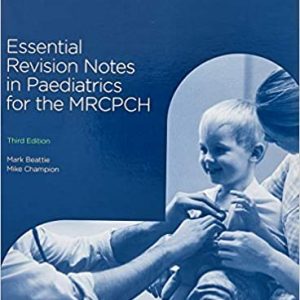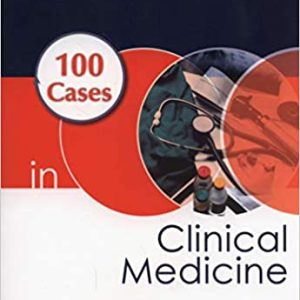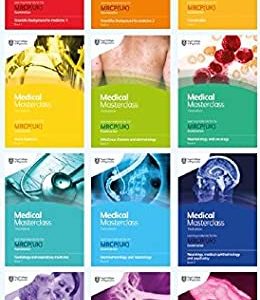Description
“Medical Terminology Made Simple” is a great way to approach understanding medical language, which can often seem complex or intimidating at first. Medical terms are typically built from roots, prefixes, and suffixes that can be broken down to make them easier to understand.
Here’s a simplified breakdown of how medical terminology works and some key examples:
### 1. **Roots**
Roots form the base of a word and usually refer to a body part or a system in the body.
– **Cardi** (heart)
– **Gastr** (stomach)
– **Neuro** (nerve)
– **Derm** (skin)
### 2. **Prefixes**
A prefix is added to the beginning of a root word to modify its meaning.
– **Hyper-** (excessive, above normal)
– **Hypo-** (below normal, deficient)
– **Brady-** (slow)
– **Tachy-** (fast)
### 3. **Suffixes**
Suffixes are added to the end of a root word to indicate a condition, procedure, disease, or part of speech.
– **-itis** (inflammation)
– **-ectomy** (removal, excision)
– **-ology** (study of)
– **-algia** (pain)
### 4. **Combining Vowels**
When combining word parts, especially roots, a vowel (usually “o”) is often added to make the term easier to pronounce.
– **Gastr/o** (stomach)
– **Cardi/o** (heart)
– **Neur/o** (nerve)
### Example Terms:
– **Cardiologist**
– **Cardio** (heart) + **-logist** (one who studies) = A heart specialist.
– **Gastritis**
– **Gastr** (stomach) + **-itis** (inflammation) = Inflammation of the stomach.
– **Neuroplasty**
– **Neuro** (nerve) + **-plasty** (surgical repair) = Surgical repair of a nerve.
– **Hypoglycemia**
– **Hypo** (low) + **Glyc** (sugar) + **-emia** (blood condition) = Low blood sugar.
By breaking down each part, you can often deduce the meaning of a medical term. This system of word formation is especially useful for learning and memorizing complex medical vocabulary.





Reviews
There are no reviews yet.